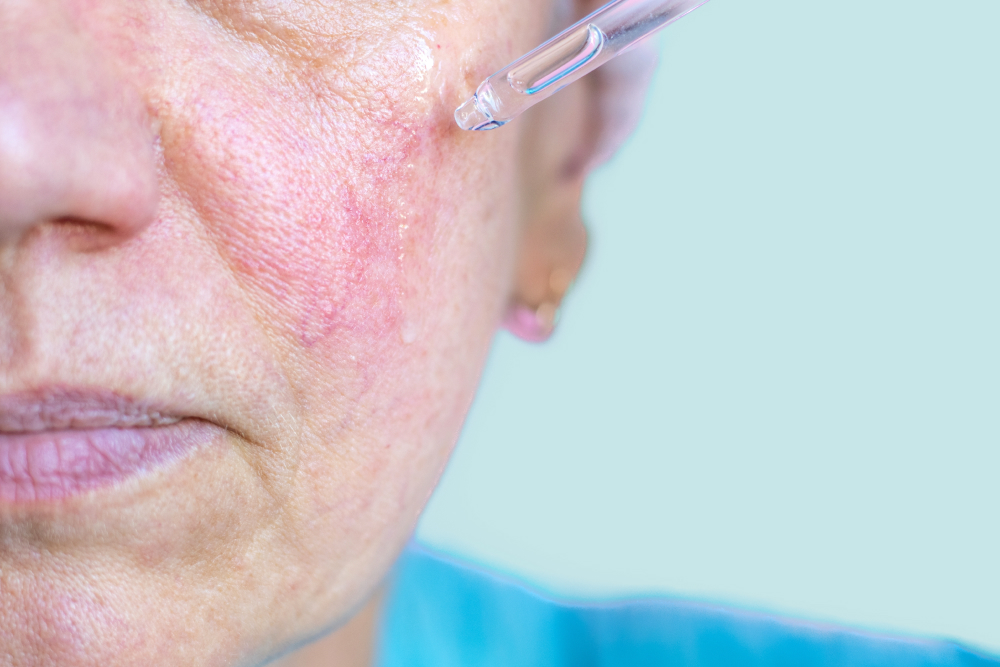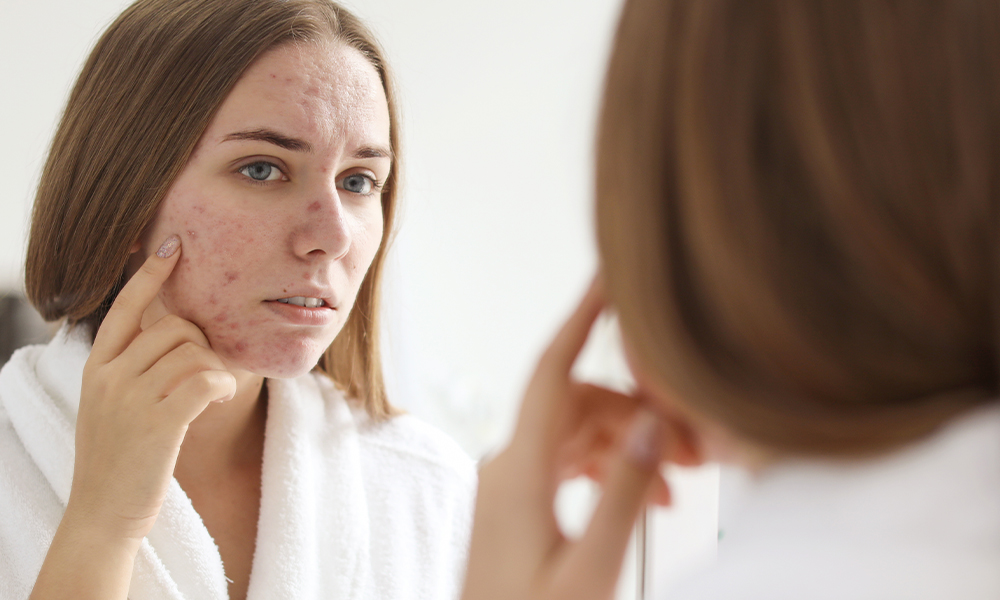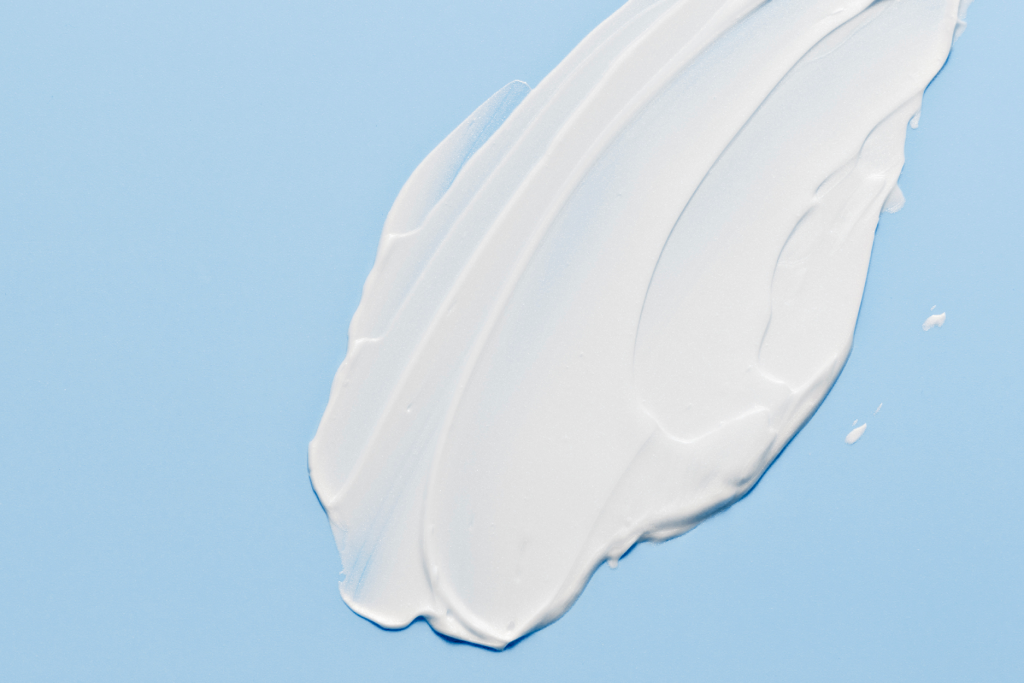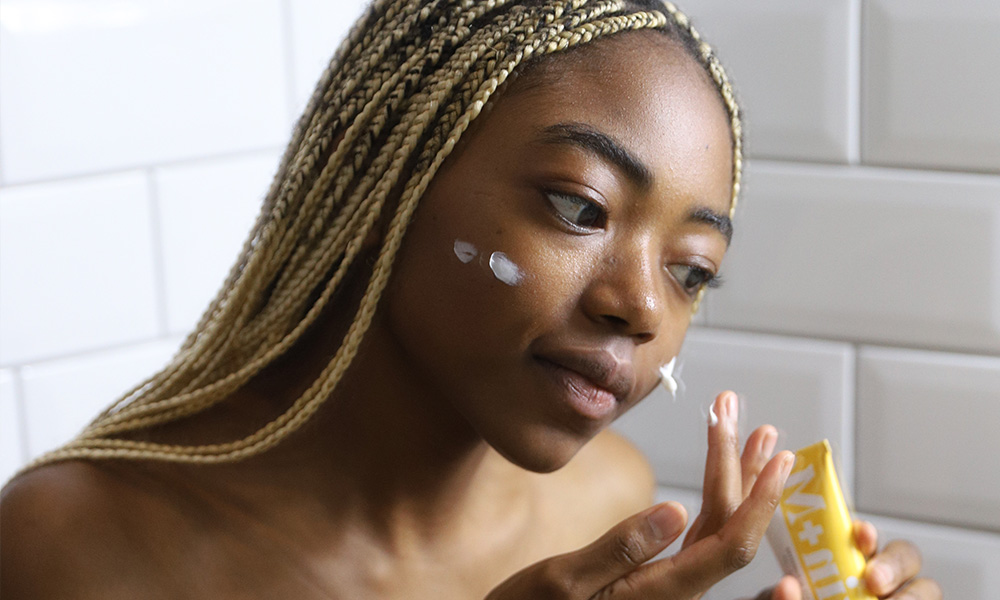Ask A Dermatologist: Do I Have Acne Or Rosacea?

Link to share article here:
Ask A Dermatologist: How To Treat Rosacea
Whether it’s a few glasses of wine, a super-spicy dish or simply a blast of cold weather, your rosacea can appear without warning. Even if you’ve learned to live with it and can manage the triggers, some types of rosacea are more chronic than others. If you’re looking for a long-term solution, finding the right treatment can be a minefield.
So, today on The Dose we’re looking at the different types of rosacea treatments, to help you find the best one for you. Read on to discover our helpful tips and expert advice from the Skin + Me Dermatology Team.
What is rosacea?
Rosacea is an inflammatory skin condition characterised by redness, spots and bumps, and in some cases, swelling. It’s a chronic (long-term) condition, and it’s common – particularly among adult women (though men and children of any age can develop it). According to Patient UK, it’s thought that one in 10 people have rosacea. It affects people with every skin type or tone, though it’s often overlooked on people with darker skin tones.
There are four different types of rosacea:
- Papulopustular Rosacea: Often misdiagnosed as acne due to the appearance of whiteheads (pustules) and swollen red bumps (papules), and facial redness. It can appear on the cheeks, forehead, chin and even the neck, chest or scalp.
- Erythematotelangiectatic Rosacea: Persistent facial redness, flushing, and dilated blood vessels and capillaries. This type of rosacea tends to flare up and disappear over time.
- Ocular Rosacea: This type makes your eyes and eyelids look irritated and bloodshot. It’s often characterised by a burning sensation in your eyes, making them dry and sensitive. In some cases, cysts can appear on your eyelids.
- Phymatous Rosacea: This type thickens and scars skin, resulting in a swollen, bumpy and discoloured appearance. It’s a rare type that usually affects the nose. This type also affects men more than women, and is often referred to as ‘rhinophyma’ or ‘bulbous nose’.
Is there a cure for rosacea?
There isn’t a cure for rosacea, but there are ways to manage the symptoms. “Treating rosacea can be challenging as often the skin is more sensitive,” Dr Ben Esdaile, Consultant Dermatologist tells us.
But that doesn’t mean it can’t be treated. So, from laser therapy to electrolysis, to prescription and over-the-counter topicals, let’s break down the different methods you’ll come across in your search for rosacea treatments.
LASER THERAPY
You may opt for laser treatment to manage your erythematotelangiectatic rosacea, which uses a laser to target the blood vessels, helping to minimise redness and flushing on the skin. Treatment sessions usually last 20-30 minutes, and you may need multiple sessions to see visible results.
ELECTROLYSIS
Electrolysis uses an electric current to destroy the blood vessels in the affected area, thus reducing redness in erythematotelangiectatic rosacea. It’s an effective, but more invasive treatment, and it might take longer for your skin to recover.
PRESCRIPTION TREATMENTS
Active ingredients such as metronidazole (an antibiotic), ivermectin (an antiparasitic), azelaic acid and niacinamide (anti-inflammatories), are commonly prescribed to help manage the symptoms of rosacea.
“Rosacea is a really complex condition.” Dr Malvina Cunningham, Consultant Dermatologist explains. “Skincare ingredients that are really helpful for rosacea are azelaic acid… metronidazole and ivermectin which are available on prescription only.”
Metronidazole and ivermectin help to minimise inflammation and sensitivity, and by extension, the papules and pustules that form as a result.
Azelaic acid and niacinamide are milder ingredients, but still effective in calming any inflammation, and helping minimise the spots from papulopustular rosacea. These two are also available over-the-counter (without a prescription), but usually in weaker concentrations.
Oral antibiotics may also be prescribed by your GP for a certain period of time – check in with them if you have any questions or concerns about your medication.
ROSACEA TIPS AND TRICKS
- Use gentle, non-stripping cleansers and soothing moisturisers – particularly any that contain ceramides, as these help to rebuild your skin barrier.
- Always wear sunscreen, ideally with an SPF 30 or higher. If you have sensitive skin, a mineral sunscreen (with titanium dioxide or zinc oxide), may suit your rosacea-prone skin better.
“Sunscreen is a must have for anyone who would like to maintain healthy skin, tackle skin ageing and treat any medical skin conditions like rosacea.”
Dr Malvina Cunningham
- Opt for mineral, non-comedogenic makeup – powders and creams that don’t irritate your skin are your best bet, so be sure to do a patch test if you’re not sure. If you want to colour correct any redness, use a green concealer before one that matches your skin tone.
- Avoid your triggers: stress, over-exercising, spicy foods, extreme hot or cold weather, alcohol and some medications are best avoided to manage your rosacea. If you’re not sure what’s causing the flare ups, try keeping a diary so you can track them over time.
If you’re already using a personalised solution from Skin + Me to treat your rosacea, and want to start an additional treatment method, be sure to let your Prescriber know – email our team at hello@skinandme.com, and request a consultation form to keep us up to date.
New to Skin + Me? Get your first month of personalised skincare for £4.99 with promo code DOSE – complete our quick consultation here.
Looking for a routine refresh? Add the Dream Routine to your Skin + Me subscription.
In need of a restock? Head to The Skincare Shop for one-off purchases of your Routine Essentials.



